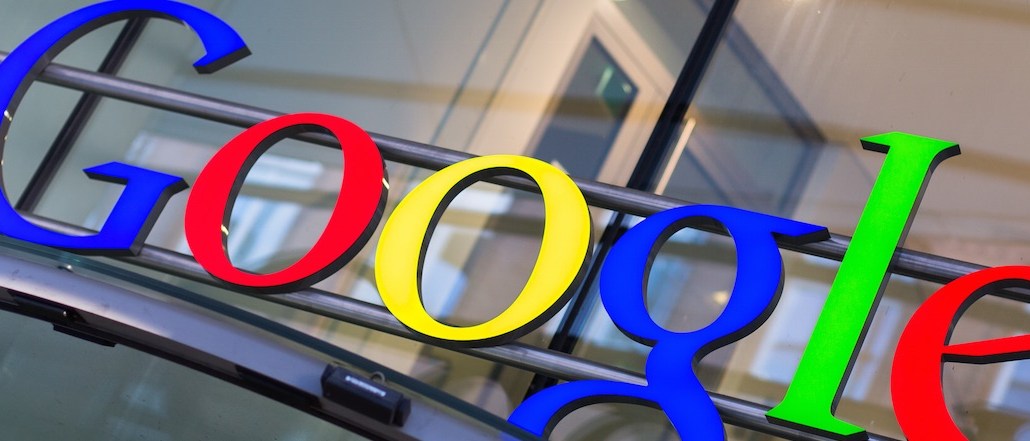Register by Jan 13 to save on passes and connect with marketers from Uber, Bose and more

Don’t count out the power of the “What time does the Super Bowl start” and other SEO tricks just yet.
Whether they’re anxious about being at the whim of Facebook’s endless algorithm changes, eager to game Google’s Accelerated Mobile Pages initiative or just recognize they can’t leave a stone unturned when it comes to drilling for traffic, publishers are giving search a new look.
Just last month Time Inc. hired an SEO veteran, Jon Hawkins, to be its vp of growth, a new position at the corporate level that will put a significant focus on search. Rodale has also put more attention search in the past two years. “We need to make sure we have a diversified amount of traffic coming in and have all areas of referral traffic growing, so when Facebook changes its algorithm, while it hurts, it doesn’t cripple us because we still have a healthy amount of search traffic coming in,” said Beth Buehler, COO at the health and fitness publisher.
Publishers have spent the past few years furiously optimizing their content to take advantage of Facebook’s traffic firehose. Facebook now accounts for nearly 40 percent of referrals to publishers, roughly equal with Google, according to social analytics firm Parsely. But if Facebook has been a big source of traffic, it’s been far from a reliable once. This past year, there was a 74 percent difference in publishers’ best and worst month in terms of Facebook referral traffic, according to Chartbeat. Many also are dissatisfied with their ability to generate revenue from their content on Facebook and how the platform has responded to feedback and informed them of product and service changes.
“Everything that’s happened with Facebook in the past year or so, we got very good at creating grabby content,” Thrillist editorial director Ben Robinson said. “As you see that start to lessen, you naturally look at other places.” Thrillist hired its first dedicated SEO team under Ben Maljevec.
Shahzad Abbas, vp of digital media at SEO consulting company Define Media, said he saw a “significant shift” in how publishers think about search when Facebook started prioritizing friends’ posts over publishers’ posts in its news feed and it grew harder for publishers to get traffic that way. Among major publisher clients, he’s seen more hiring in search and at higher levels, as well as an emphasis on making sure editorial teams have better SEO skills.
“They saw significant turbulence when what had been a reliable and predictable source of traffic for them,” Abbas said.
As Facebook proved itself to be a fickle partner, Google’s AMP initiative to make mobile articles load faster has also pushed publishers to up their search game. AMP requires pages to be coded a certain way and stripped down of elements that could add to load time. Publishers are also scrambling to understand what will make their articles land in one of the coveted highly visible carousel spots at the top of AMP’s mobile search results. And then of course there are all the ongoing changes Google is making to its algorithm, independent of AMP.
News and lifestyle publishers alike say there’s more for them to gain in search. “Search is an area where we have an incredible competitive advantage,” said Edward Felsenthal, group digital director at Time Inc. “We’ve never had anyone of Jon’s experience and expertise to drive it. We see more upside there, in news and evergreen [content].”
The New York Times last summer published versions of almost all its articles going back to 1970 in HTML, making them easier for Google to find than in their older PDF formats. The publisher saw an immediate lift in search traffic, said Justin Bank, deputy editor for audience development at the Times. SEO practices also have been baked into the editorial operations, with editors who track Google trends, map out keyword strategies ahead of big news events and update headlines as breaking news unfolds. While the Times has gotten attention for growing its Facebook traffic by double digits in the past two years, Bank said, “We’re very happy with our traffic from search,” calling search and social “complementary to a very loyal, dedicated and direct audience that is our primary source of traffic.”
Apart from AMP, just mastering Google search is tougher today. Google used to be more straightforward about what it takes to get into its search results; now there are hundreds of variables. It also hides certain keywords to protect user privacy, which makes it harder for publishers to pinpoint what lead people to their articles, said Sachin Kamdar, CEO of Parsely. “You can no longer use black hat tricks to make sure you’re number one,” he said.
For Thrillist, that’s meant trying to identify less obvious searches, especially around the food and drink information that’s its bread and butter. For its news articles, it tries to make sure it capitalizes on the news cycle. “There are lot of searches everyone’s trying to get,” Robinson said. “There are a lot of people out there with a lot of different questions. So we focus on the ones where we have something distinctive to say. There are only so many tricks.”
More in Media

Media Briefing: Here’s what media execs are prioritizing in 2026
Media executives enter 2026 weathered by disruption, but refocused on AI revenue, brand strength and video and creator opportunities.

Why publishers are building their own creator networks
Publishers are forming creator networks to regain control, combat traffic declines, and reach audiences shifting toward influencers.

The accidental guardian: How Cloudflare’s Matthew Prince became publishing’s unexpected defender
Cloudflare’s day job is fending off botnets and nation-state cyberattacks, not debating how Google and other AI firms crawl publisher sites.





